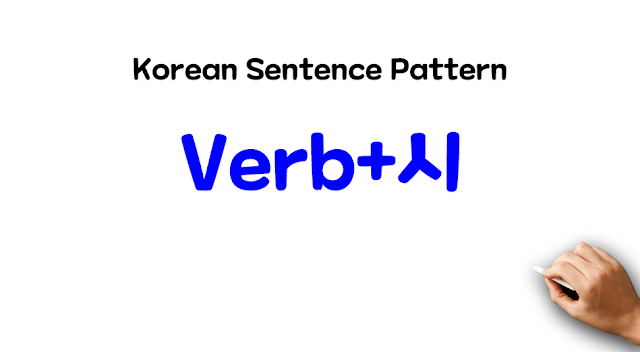Learn Korean: Verb + 시
Let’s take a look at the Korean sentence pattern Verb + 시. We attach 시 to the stem of the verb to express the highest form of respect. It means that the subject of the sentence is someone we regard with respect such as our grandparents or the elderly in general. Instead of saying 했어요? (Did you do it?), say 하셨어요? The original verb is 하다 (to do) and its stem is 하. 시 is attached to it and the conjugation is applied to 시 itself. There is what we call honorific verbs such as 드시다 (to eat), 주무시다 (to sleep), and 계시다 (to be). The next time you ask where your grandfather is, say 할아버지가 계세요? (not 있어요).
잘 주무셨어요?
Did you have a good sleep?
진지 드셨어요?
Have you eaten?
그 사람 아셔.
He
knows him.

